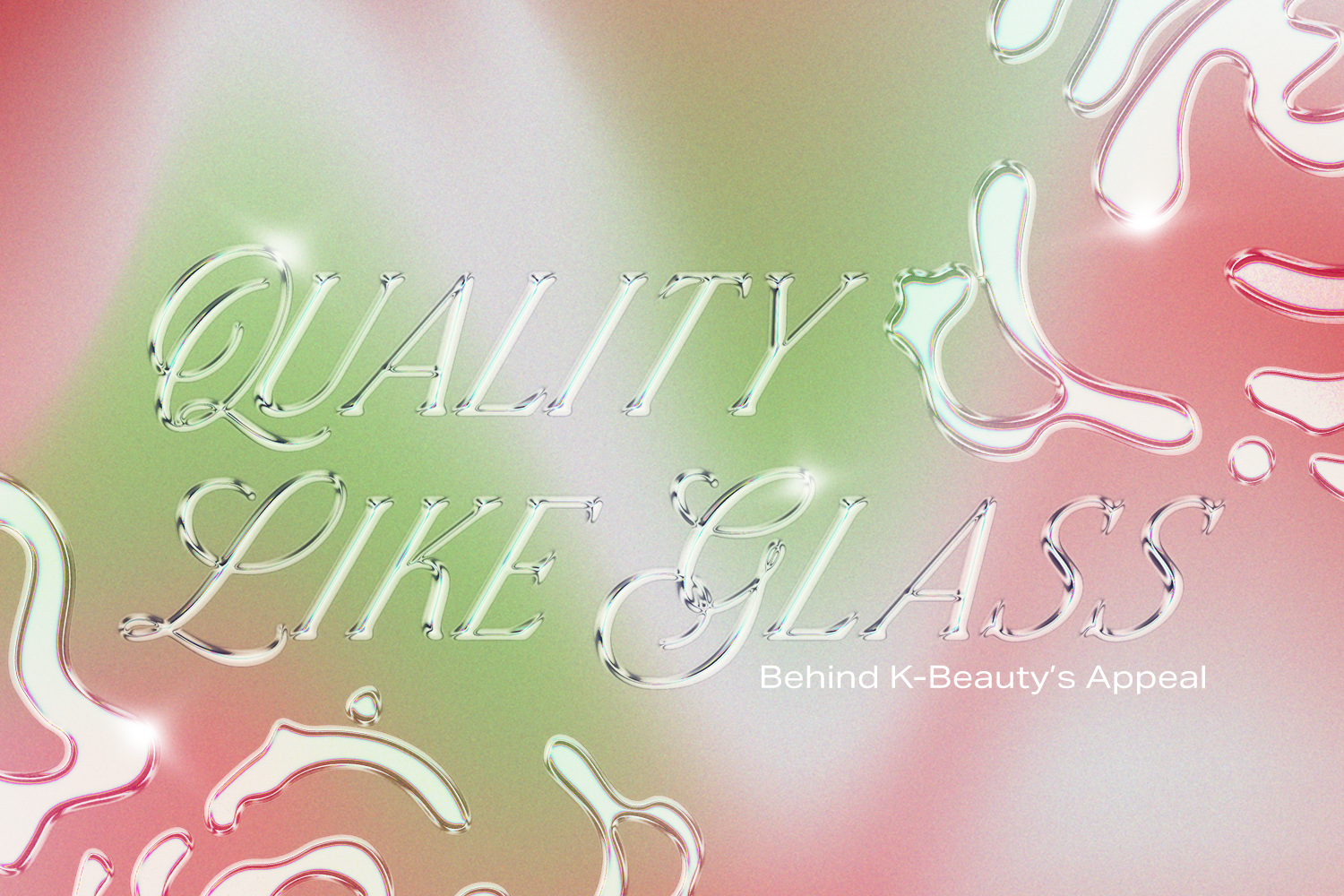Korean skincare products have been famous in the West for years. Brands like COSRX have long since achieved viral status on social media, and thanks to TikTok, Glow Recipe and Dr. Jart+ is now generally known. Aside from the curiosity that Korean skincare arouses in us, it is also now considered one of the most effective and trusted categories in the beauty world. Skincare Google Trends is regularly filled with searches like “Korean skincare routine,” “10 step Korean skincare,” and “best Korean skincare products,” and TikTok has Korean skincare videos with millions of views.
Cosmetic chemists and estheticians believe our obsession with K-Skincare started with glass skin – the trend for glowing, almost mirror-like skin. One could claim that skincare from all corners of the world aims to produce healthy, happy skin. Still, K-Skincare differs from its Western counterparts in a few ways. Many Western skin care trends (skin cycling, chemical peels, and toners) rely on ingredients like retinol and exfoliating acids. They’re great when used properly under medical supervision, but they can irritate your skin if you use them too often. Western skincare is primarily aimed at removing something from the skin, such as excess oil or deposits in pores.
If you ask dermatologists what skin problems they see most often in their practices, you’re guaranteed to hear the following: perioral dermatitis (a red rash around the mouth), irritated skin, dryness, burns, and a damaged skin barrier—all the consequences of using aggressive ingredients too often.
Korean skincare combats these consequences by providing skin with nourishing substances and a gentler approach. Their products are designed to reduce inflammation rather than dry out the skin. For example, polyhydroxy acids seen in “Pore Remedy” are more popular. Like glycolic and salicylic acid, PHA effectively exfoliates the skin, but its molecules are significantly larger than those of other acids. PHAs (unlike other acids) only exfoliate the skin superficially, without penetrating too deeply and causing irritation.
The skin-friendly approach to the composition of products is also financially worthwhile: cosmetics and skincare products make up one of Korea’s largest export businesses. In fact, South Korea is the third largest cosmetics exporter in the world, and the beauty sector made the country more money in 2020 than household appliances, medicines and smartphones. It is estimated that the South Korean skincare market will be worth around $11.4 billion by 2026. An investment more impressive because its government has reportedly been actively investing in its beauty brands to develop better cosmetics.
Beauty isn’t seen as a luxury, but as a basic need. Sun care is a year-round must, and a broad-spectrum, high SPF sunscreen is considered one of the most important products in a skincare routine. For the consumer, this industry is accessible. Given the increased cost of living, people want to spend as little as possible on beauty products. Saving money doesn’t mean you necessarily have to sacrifice quality. These products also contain all the active ingredients you want, from retinol to acids, but often in a gentler concentration.
The classic 10-step routine has been replaced by shorter skincare routines, which is good, because not every skin type or wallet is suitable for the layering of numerous products. Korean skincare continues to evolve and adapt to the needs of its consumers. They keep the focus on caring for your skin instead of removing everything “bad” from it. But is it better? Ultimately, the best skin care is the one that works best for your skin. If it comes from Korea—great! And if not, then why change anything?
Words by Andrea Wong.
Graphic by Trish Pham.

